Home>Gardening & Outdoor>Landscaping Ideas>What Grass To Plant In The Fall
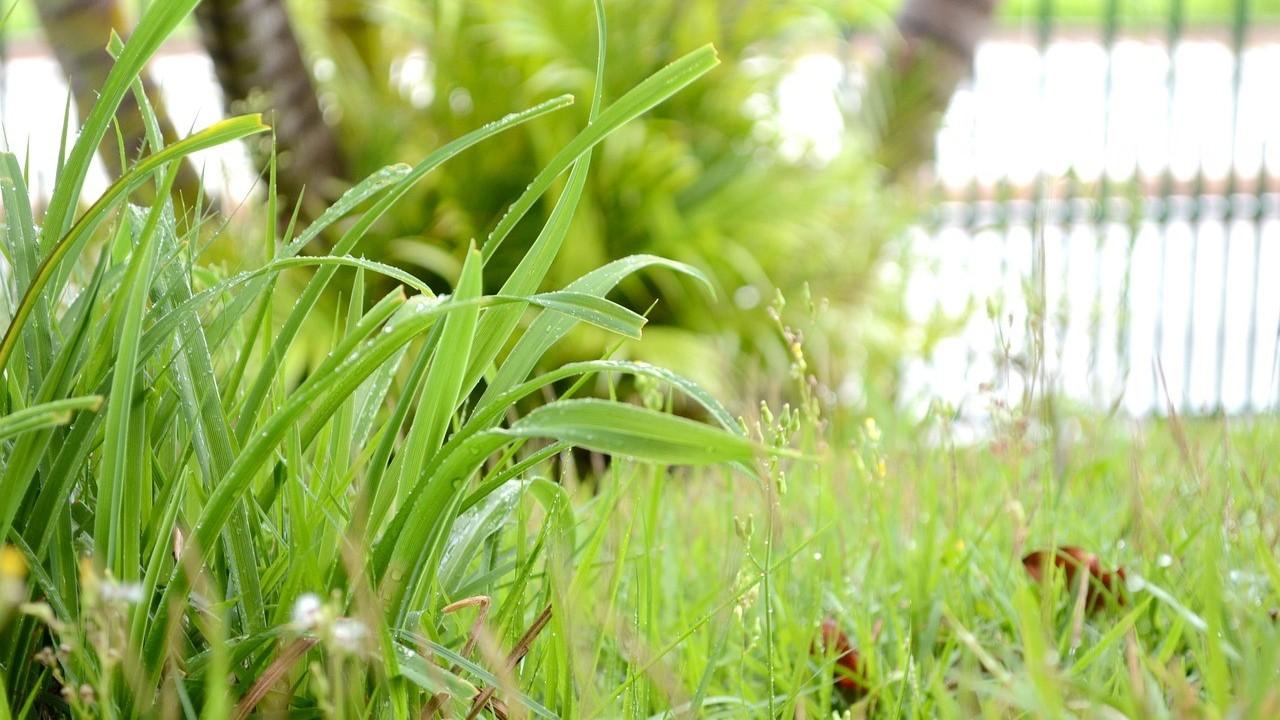

Landscaping Ideas
What Grass To Plant In The Fall
Published: January 26, 2024
Looking for landscaping ideas for fall? Learn what grass to plant in the fall to enhance your outdoor space and create a lush, vibrant lawn. Discover the best options for your landscaping needs.
(Many of the links in this article redirect to a specific reviewed product. Your purchase of these products through affiliate links helps to generate commission for Storables.com, at no extra cost. Learn more)
Introduction
As the vibrant colors of summer begin to fade and the crisp air of autumn sets in, it’s the perfect time to consider enhancing your landscape with lush, green grass. Fall is an ideal season for planting grass, as the cooler temperatures and increased moisture create optimal conditions for seed germination and establishment. Whether you’re looking to rejuvenate a patchy lawn or create a brand-new green space, choosing the right grass and understanding the best practices for fall planting can set the stage for a thriving lawn in the seasons to come.
In this comprehensive guide, we’ll explore the benefits of planting grass in the fall, delve into the factors to consider when selecting the right grass for fall planting, and provide valuable insights into cool-season and warm-season grass varieties. Additionally, we’ll offer expert tips for planting and maintaining fall-planted grass, empowering you to make informed decisions and achieve stunning results in your landscaping endeavors.
Key Takeaways:
- Fall is the perfect time to plant grass, offering optimal conditions for growth and reduced weed competition. Careful selection and maintenance can lead to a lush, resilient lawn that enhances your outdoor space.
- Consider climate, soil, and sunlight when choosing grass for fall planting. Proper timing, soil preparation, and maintenance are crucial for establishing and nurturing a vibrant, enduring lawn.
Read more: When To Plant Grass In Fall
Benefits of Planting Grass in the Fall
Choosing to plant grass in the fall offers a myriad of advantages that can contribute to the long-term health and beauty of your lawn. Here are several compelling benefits of undertaking this endeavor during the autumn months:
- Optimal Growing Conditions: Fall provides an ideal environment for grass seed germination, as the soil remains warm from the summer months while the air temperature becomes cooler. This combination encourages robust root development and minimizes the stress that can occur during the hotter summer months.
- Reduced Weed Competition: By planting grass in the fall, you can take advantage of the natural decline of many weed species. As weed growth slows down, newly planted grass seeds face less competition, allowing them to establish themselves more effectively.
- Establishment Before Winter: Fall-planted grass has ample time to establish strong root systems before the arrival of winter. This early growth sets the stage for a resilient and healthy lawn that is better equipped to withstand the challenges of the following summer.
- Enhanced Water Availability: In many regions, fall brings increased rainfall, reducing the need for excessive watering while providing essential moisture for seed germination and early growth.
- Less Demand for Maintenance: By planting grass in the fall, you can take advantage of the natural cycles of cool-season and warm-season grasses, reducing the need for intensive maintenance during the initial growth stages.
These benefits collectively make fall an opportune time to establish or revitalize your lawn, setting the stage for a lush and resilient grassy expanse that will be the envy of the neighborhood.
Factors to Consider When Choosing Grass for Fall Planting
When selecting the right grass for fall planting, several key factors should be taken into account to ensure the best possible results. Understanding these considerations will empower you to make informed decisions that align with your specific landscaping goals and local environmental conditions. Here are the essential factors to keep in mind:
- Climate Compatibility: Different grass species thrive in specific climate zones. Consider the climate of your region and choose grass varieties that are well-suited to the temperature and precipitation patterns typical of the fall season in your area.
- Soil Type and Quality: Assess the soil composition and drainage characteristics of your lawn. Some grass species perform better in sandy soils, while others excel in clay-based soils. Conducting a soil test can provide valuable insights into the pH levels and nutrient content, guiding your grass selection.
- Sunlight Exposure: Evaluate the amount of sunlight your lawn receives throughout the day. Certain grasses are shade-tolerant, making them suitable for areas with limited sun exposure, while others require full sunlight for optimal growth.
- Foot Traffic and Use: Consider the intended use of the lawn. If it will experience heavy foot traffic from children, pets, or frequent social gatherings, opt for a durable grass variety that can withstand wear and tear.
- Disease and Pest Resistance: Research the disease and pest resistance profiles of different grass species. Choosing varieties with natural resistance to prevalent lawn diseases and pests can reduce the need for chemical treatments and maintenance efforts.
By carefully evaluating these factors and conducting thorough research, you can narrow down the options and select the grass varieties that are best suited to thrive in your specific environmental conditions. This thoughtful approach sets the stage for successful fall planting and long-term lawn vitality.
Cool-Season Grasses for Fall Planting
Cool-season grasses are well-suited for fall planting, thriving in the moderate temperatures and increased moisture levels characteristic of the autumn season. These grass varieties exhibit optimal growth during the cooler months, making them ideal choices for regions with cold winters and mild summers. Here are some popular cool-season grasses that are excellent candidates for fall planting:
- Kentucky Bluegrass: Known for its lush, emerald-green appearance and fine texture, Kentucky bluegrass is a popular choice for lawns in northern regions. It establishes well in the fall and exhibits excellent cold tolerance.
- Fescue Grass: Tall fescue and fine fescue varieties are prized for their adaptability to a wide range of soil types and their ability to thrive in both sun and shade. These grasses establish quickly in the fall, creating dense, resilient lawns.
- Perennial Ryegrass: Perennial ryegrass is valued for its rapid germination and establishment, making it an excellent companion grass for overseeding existing lawns in the fall. It forms a lush, green carpet and exhibits good wear tolerance.
- Bentgrass: Creeping bentgrass, with its fine texture and exceptional tolerance to close mowing, is often used for golf course putting greens. It thrives in cooler temperatures and can be successfully planted in the fall for various landscaping applications.
These cool-season grasses offer a range of desirable characteristics, including vibrant color, resilience, and adaptability to diverse growing conditions. By selecting the appropriate cool-season grasses for your region and lawn specifications, you can establish a verdant and enduring grassy landscape that flourishes throughout the fall and beyond.
Consider planting cool-season grasses like fescue or ryegrass in the fall. These varieties thrive in the cooler temperatures and will establish strong root systems before winter.
Warm-Season Grasses for Fall Planting
While warm-season grasses typically thrive in hot summer climates, they can also be successfully planted in the fall under the right conditions. These grass varieties exhibit robust growth during the warmer months and are well-suited for regions with hot summers and mild winters. Here are some popular warm-season grasses that can be planted in the fall:
- Bermuda Grass: Known for its exceptional heat tolerance and rapid growth, Bermuda grass can be planted in the fall in regions with mild winter climates. It establishes quickly and forms a dense, resilient turf.
- Zoysia Grass: Zoysia grass varieties are valued for their lush, dense growth and tolerance to heat and drought. When planted in the fall, they have ample time to establish strong root systems before the onset of winter, setting the stage for vibrant spring growth.
- Centipede Grass: Centipede grass is prized for its low maintenance requirements and its ability to thrive in acidic, infertile soils. Fall planting allows this grass to develop robust roots and prepare for vigorous growth in the following spring.
- St. Augustine Grass: With its lush, dark green blades and tolerance to partial shade, St. Augustine grass can be successfully planted in the fall in regions with mild winter conditions. It establishes well and provides excellent ground cover.
These warm-season grasses offer a range of favorable attributes, including heat tolerance, lush appearance, and adaptability to specific soil and climate conditions. By selecting the appropriate warm-season grasses for your region and lawn requirements, you can establish a resilient and visually appealing grassy landscape that thrives throughout the fall and beyond.
Read more: What Type Of Grass Seed To Plant In Fall
Tips for Planting Grass in the Fall
Successfully planting grass in the fall requires careful planning, proper execution, and a thorough understanding of the specific needs of the chosen grass varieties. By following these expert tips, you can maximize the chances of establishing a lush and resilient lawn that flourishes throughout the fall and beyond:
- Timing Is Crucial: Aim to plant grass early in the fall, allowing ample time for the seeds to germinate and establish strong root systems before the arrival of winter. Select a date when the soil temperature remains consistently above 50 degrees Fahrenheit for optimal seed germination.
- Prepare the Soil: Thoroughly prepare the planting area by removing debris, tilling the soil, and addressing any drainage issues. Conduct a soil test to determine the pH levels and nutrient content, amending the soil as needed to create an optimal growing environment for the grass seeds.
- Choose High-Quality Seeds: Select premium grass seed varieties that are well-suited for fall planting in your specific climate and growing conditions. Look for seeds with high germination rates and minimal weed or other crop contamination.
- Proper Seeding Techniques: Distribute the grass seeds evenly using a seed spreader, following the recommended seeding rates for the chosen grass species. Lightly rake the seeds into the soil to ensure good seed-to-soil contact, which is essential for successful germination.
- Provide Adequate Watering: Keep the newly planted area consistently moist to support seed germination and early growth. Water lightly and frequently to prevent the soil from drying out, adjusting the watering schedule as needed based on weather conditions.
- Consider Overseeding: If you have an existing lawn with thin or patchy areas, consider overseeding in the fall to rejuvenate the turf. Choose a compatible grass species and follow proper overseeding techniques for optimal results.
- Monitor and Protect: Keep a close eye on the newly planted area, monitoring for signs of germination and growth. Protect the seeded area from foot traffic, erosion, and excessive leaf litter, allowing the grass to establish undisturbed.
By adhering to these essential tips and best practices, you can set the stage for successful grass planting in the fall, paving the way for a vibrant and resilient lawn that enhances the beauty of your outdoor space.
Maintaining Fall-Planted Grass
After the successful establishment of fall-planted grass, proper maintenance is essential to ensure its long-term health and vitality. By implementing effective care practices, you can nurture the newly established lawn and set the stage for lush growth in the seasons to come. Here are valuable tips for maintaining fall-planted grass:
- Regular Watering: Maintain a consistent watering schedule to keep the soil moist without causing waterlogging. Deep, infrequent watering encourages deep root growth and resilience, especially as the grass prepares for winter dormancy.
- Fertilization: Apply a high-quality, slow-release fertilizer designed for the specific grass species in the late fall. This promotes root development and prepares the grass for vigorous growth in the following spring.
- Mowing Practices: As the fall-planted grass matures, adjust the mowing height to the recommended level for the chosen grass species. Avoid cutting more than one-third of the grass blade length at a time to prevent stress and maintain optimal health.
- Weed Control: Monitor the lawn for weed growth and address any invasive species promptly. Consider applying pre-emergent herbicides as needed to prevent weed seeds from germinating and competing with the established grass.
- Aeration and Dethatching: In the late fall or early spring, consider aerating the lawn to alleviate soil compaction and enhance air and water penetration. Additionally, dethatching can help remove excessive organic debris, promoting a healthier lawn.
- Addressing Pest and Disease Issues: Keep a watchful eye for signs of pest infestations and lawn diseases, taking proactive measures to address any issues that may arise. Prompt intervention can prevent widespread damage and promote a resilient lawn.
- Winter Preparation: As the fall transitions into winter, ensure that the grass is adequately prepared for the colder months. Remove fallen leaves and debris to prevent suffocation of the grass, and consider overseeding any sparse areas to maintain a dense turf.
By incorporating these maintenance practices into your lawn care routine, you can nurture the fall-planted grass to thrive and flourish, creating a verdant and inviting landscape that enhances the beauty of your outdoor environment.
Conclusion
Planting grass in the fall presents a golden opportunity to establish a lush and resilient lawn that will thrive for years to come. By leveraging the optimal growing conditions, reduced weed competition, and the ample time for establishment before winter, homeowners can achieve outstanding results in their landscaping endeavors. By carefully considering factors such as climate compatibility, soil type, sunlight exposure, and intended use, individuals can select the ideal grass varieties for their specific needs and environmental conditions.
Whether opting for cool-season grasses that flourish in moderate temperatures or warm-season grasses that thrive in hotter climates, the fall planting process can set the stage for a vibrant and enduring lawn. By following expert tips for planting and maintaining fall-planted grass, homeowners can ensure the successful establishment and long-term health of their lawns. From proper soil preparation and seeding techniques to diligent watering, fertilization, and pest control, each step plays a crucial role in nurturing the grass to its full potential.
As the fall-planted grass matures and transitions into the winter months, ongoing care and attention will be essential to prepare it for the challenges and opportunities of the following spring. By adhering to best practices for watering, fertilization, mowing, and addressing potential issues, homeowners can foster a thriving lawn that becomes a source of pride and beauty within their outdoor landscape.
In conclusion, the decision to plant grass in the fall is a proactive and rewarding investment in the long-term health and beauty of your lawn. With thoughtful planning, informed decision-making, and consistent maintenance, the fall-planted grass has the potential to transform your outdoor space into a verdant oasis that enhances the overall appeal and enjoyment of your property.
Frequently Asked Questions about What Grass To Plant In The Fall
Was this page helpful?
At Storables.com, we guarantee accurate and reliable information. Our content, validated by Expert Board Contributors, is crafted following stringent Editorial Policies. We're committed to providing you with well-researched, expert-backed insights for all your informational needs.
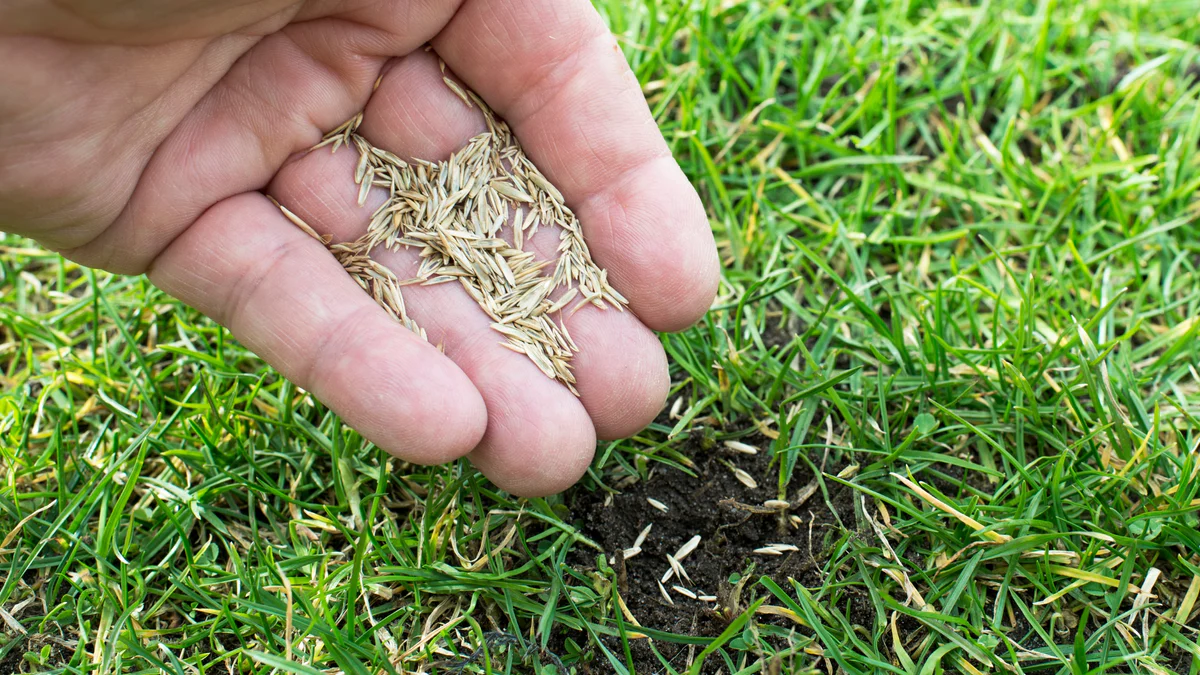
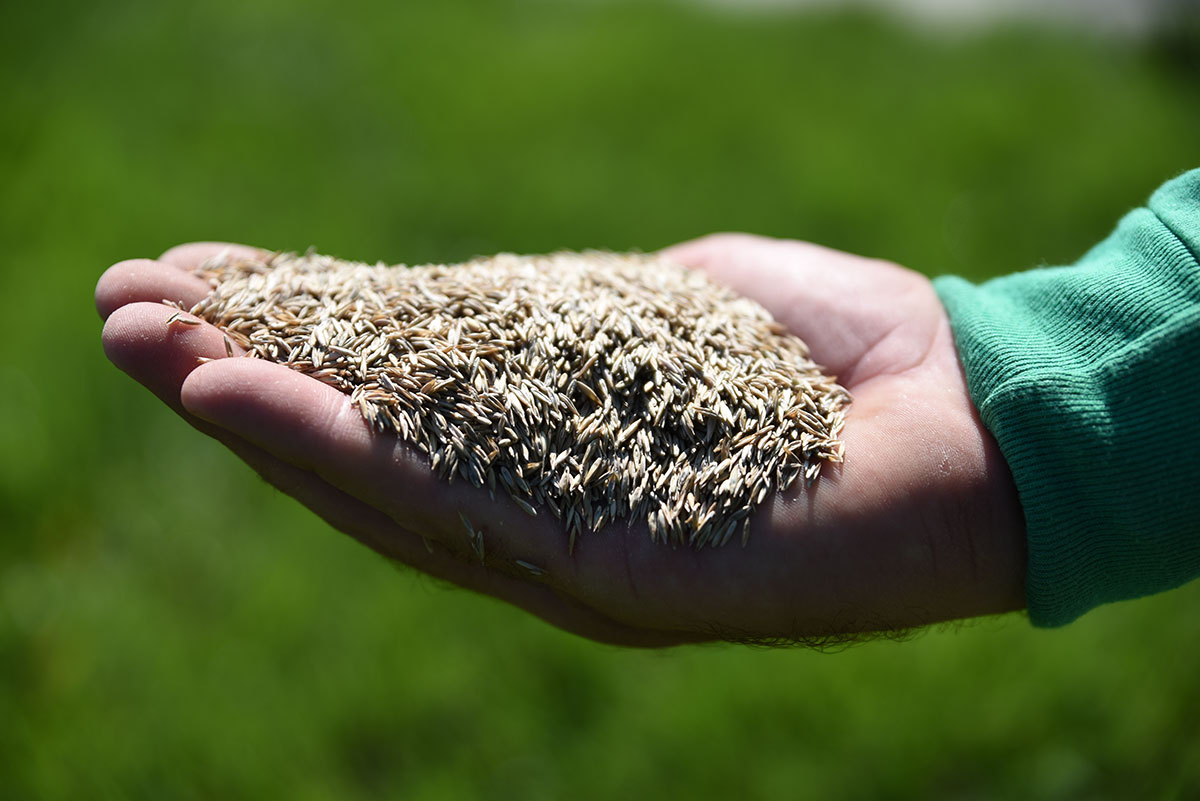

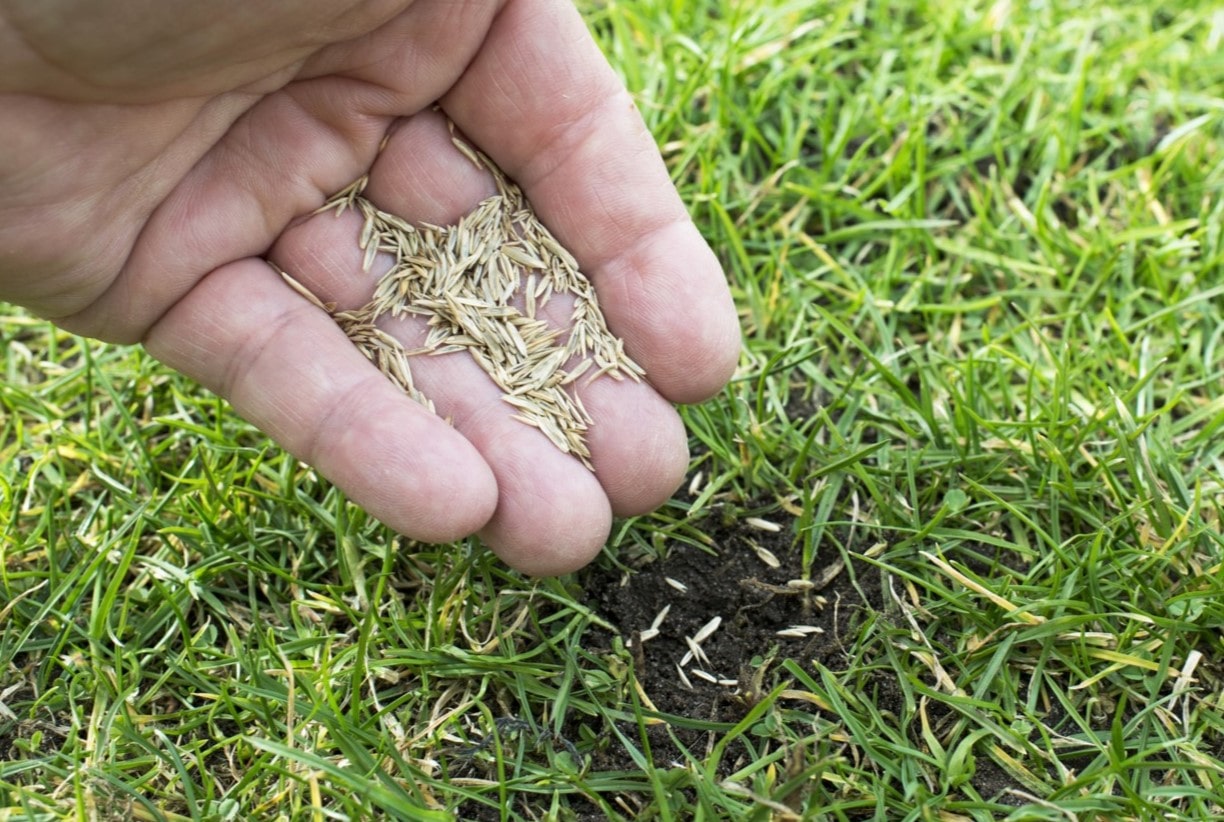
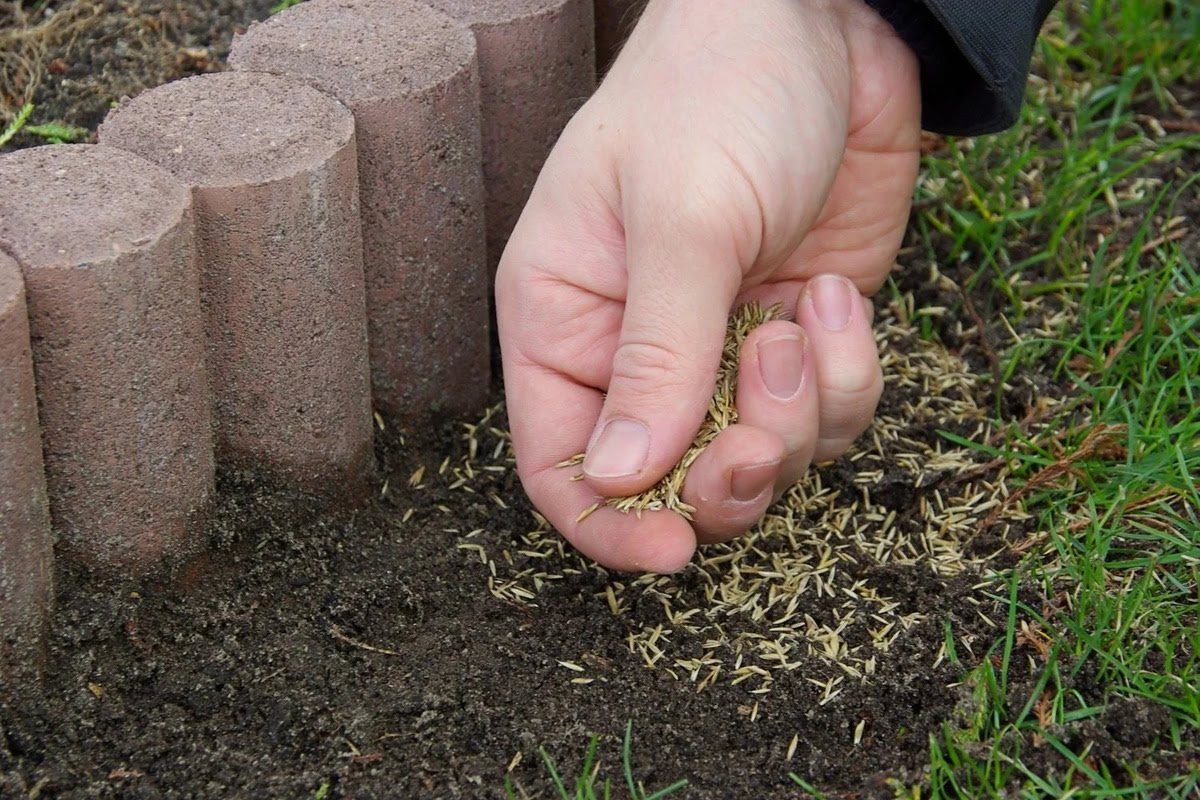

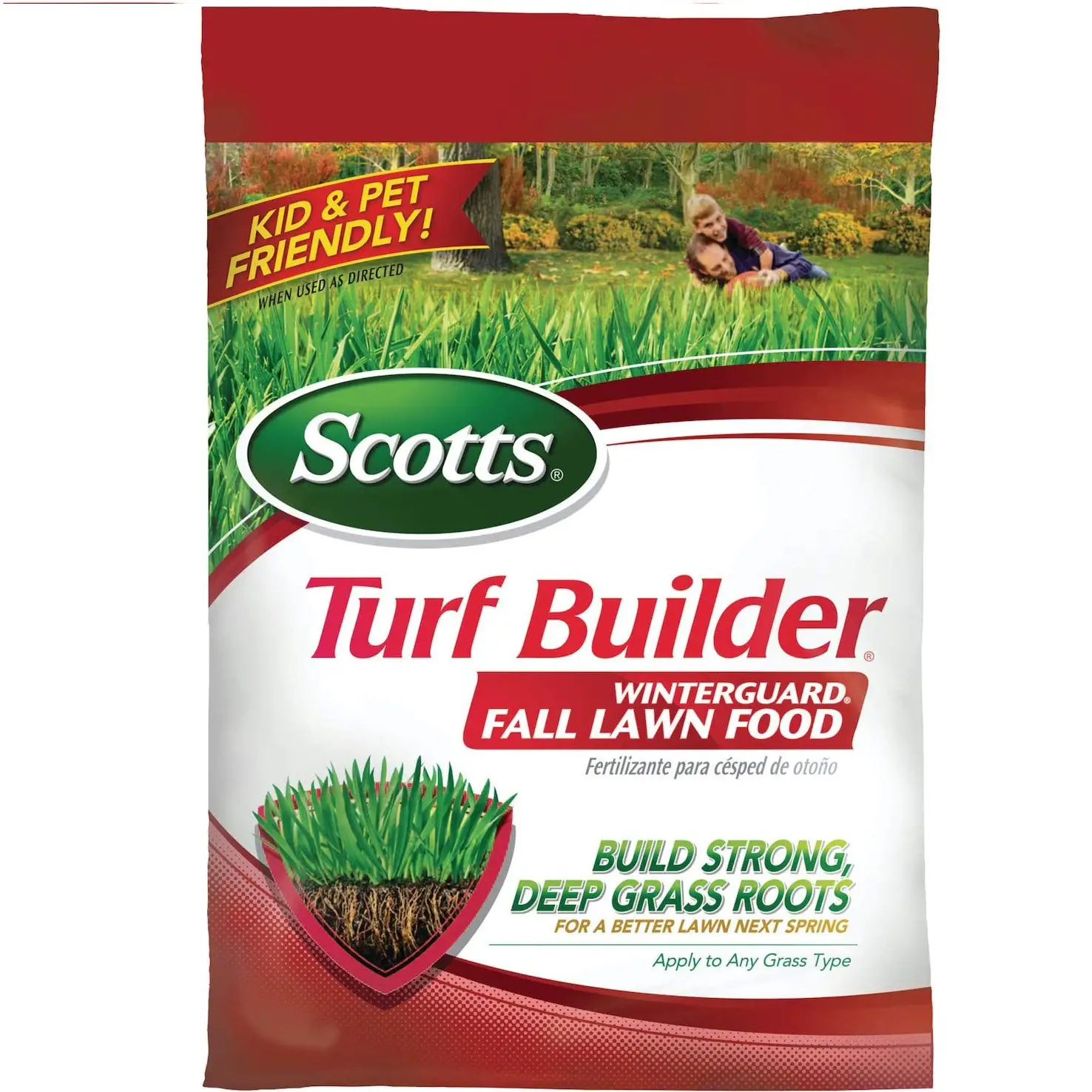
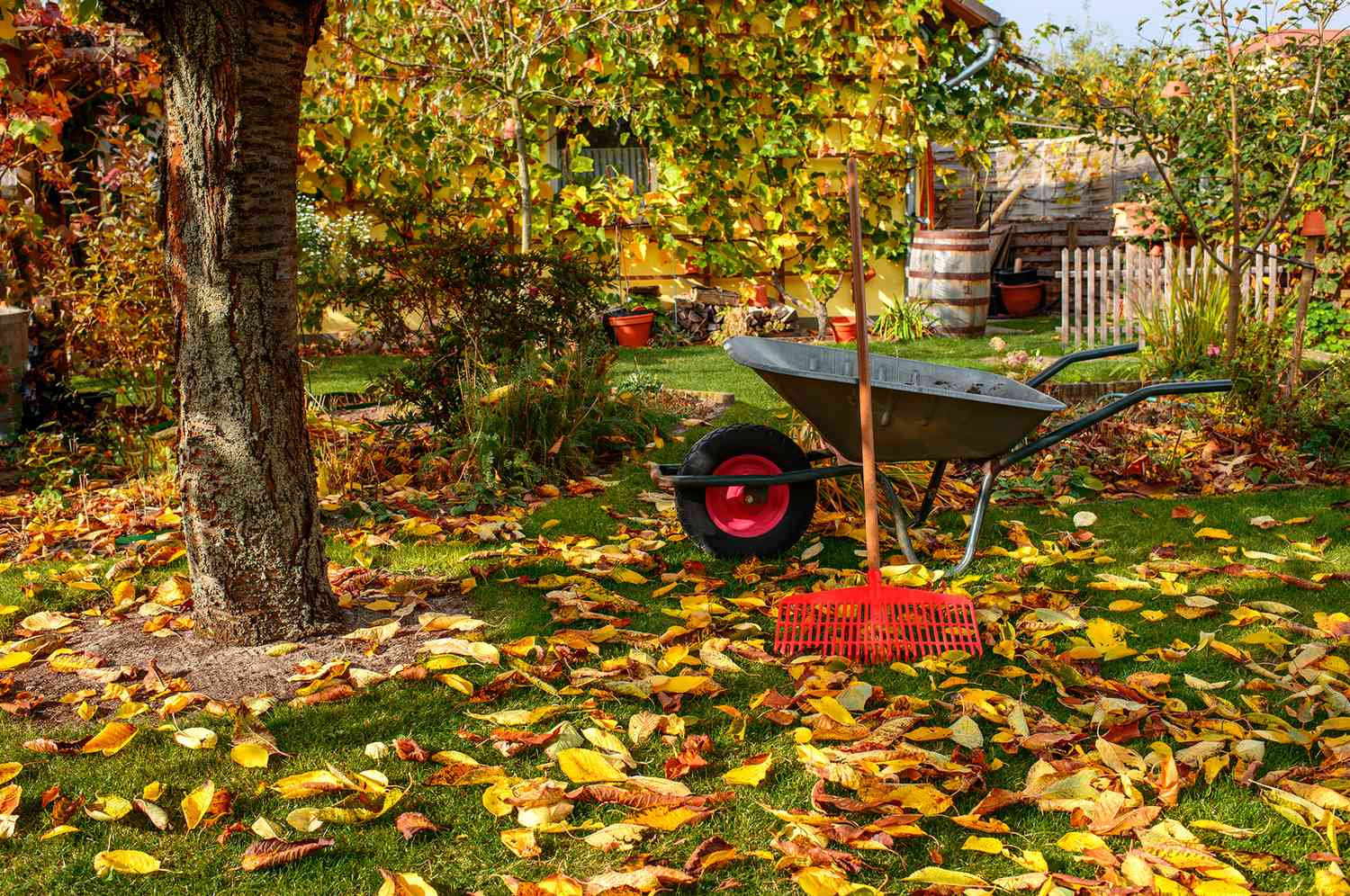
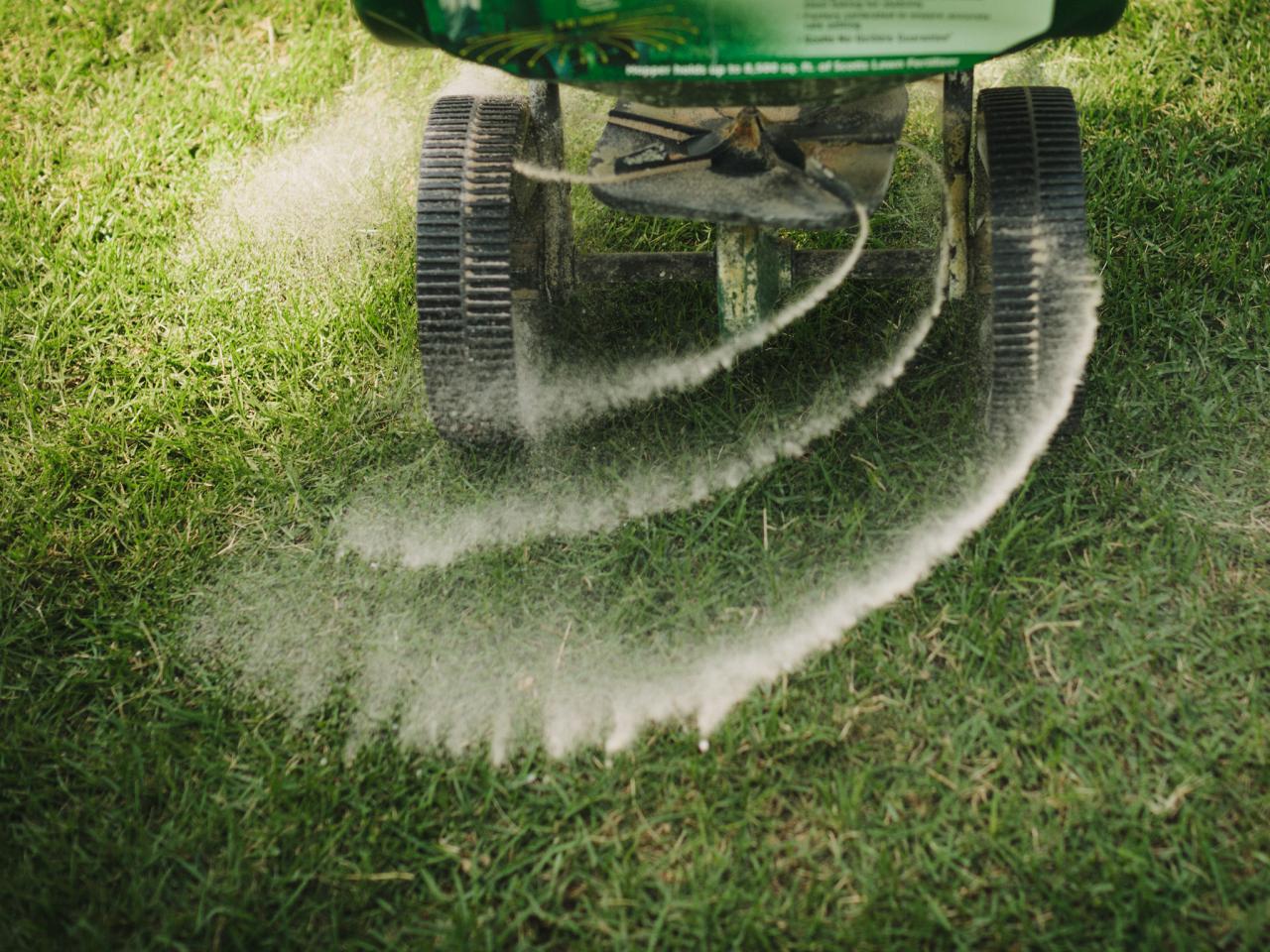
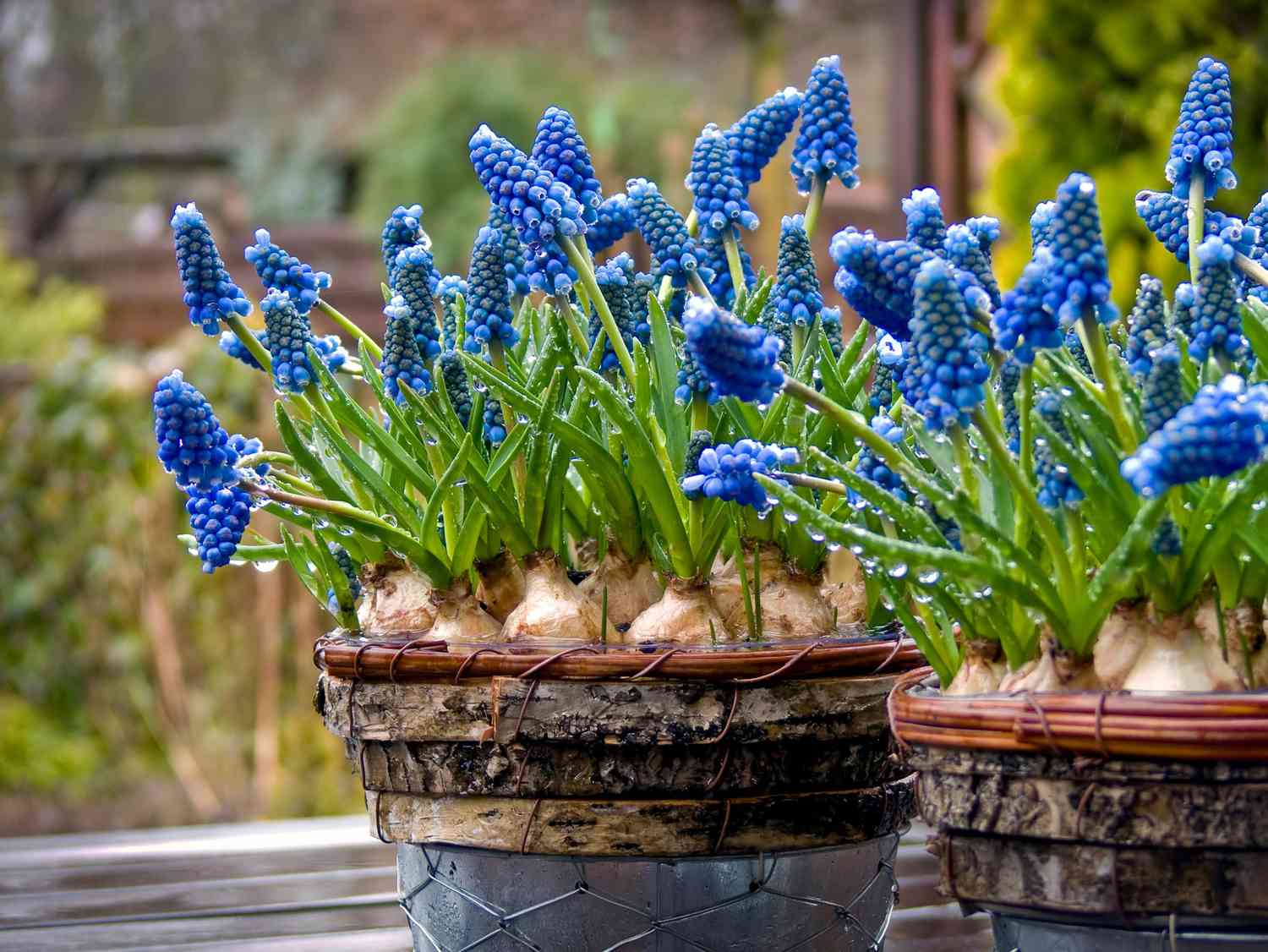
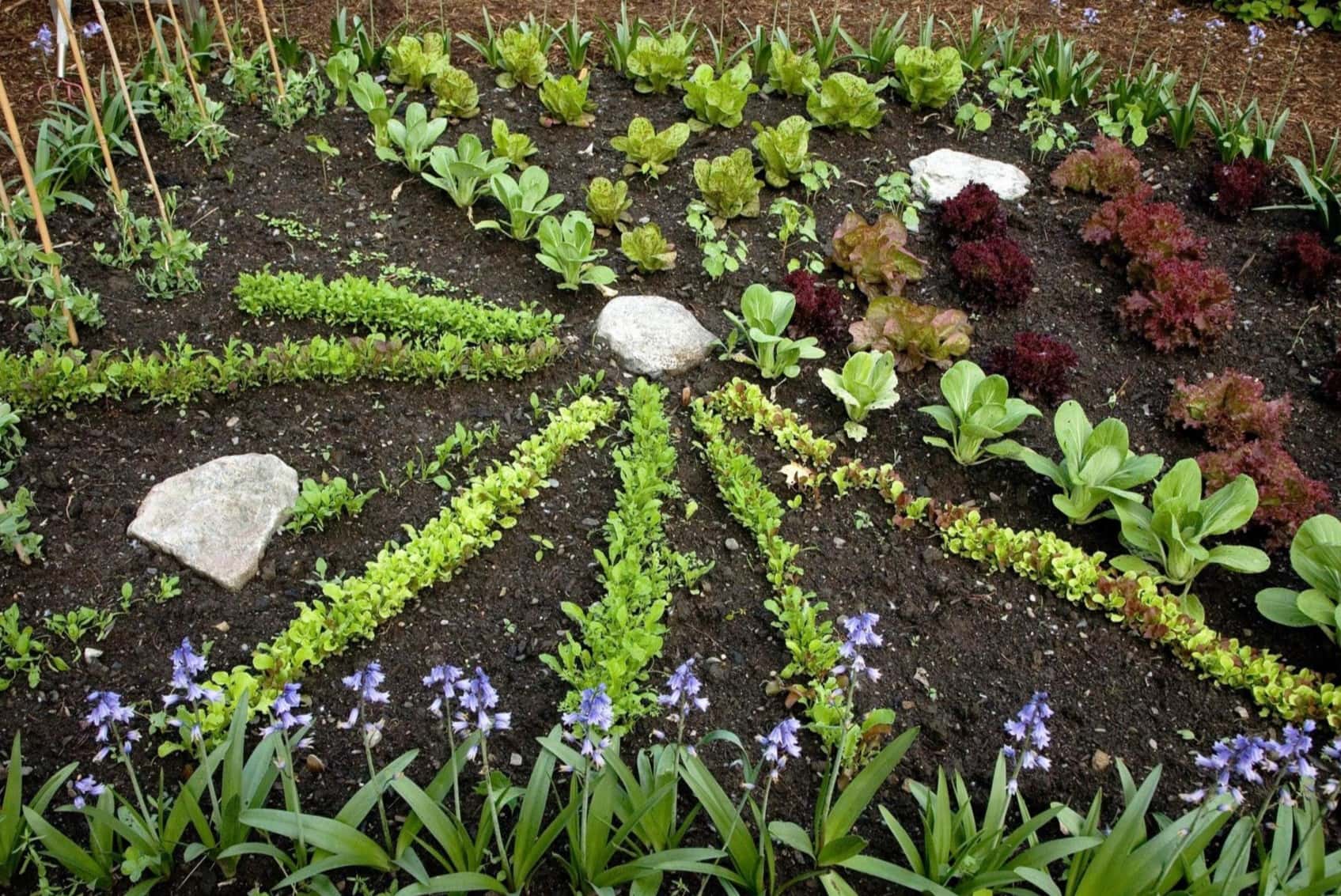
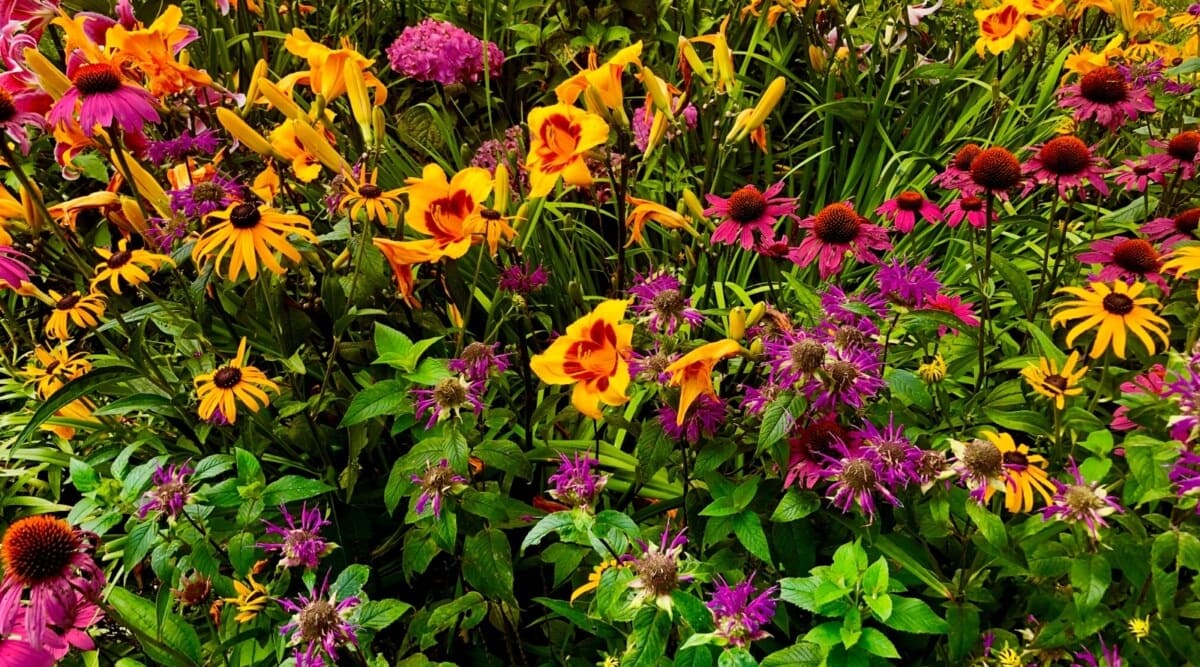
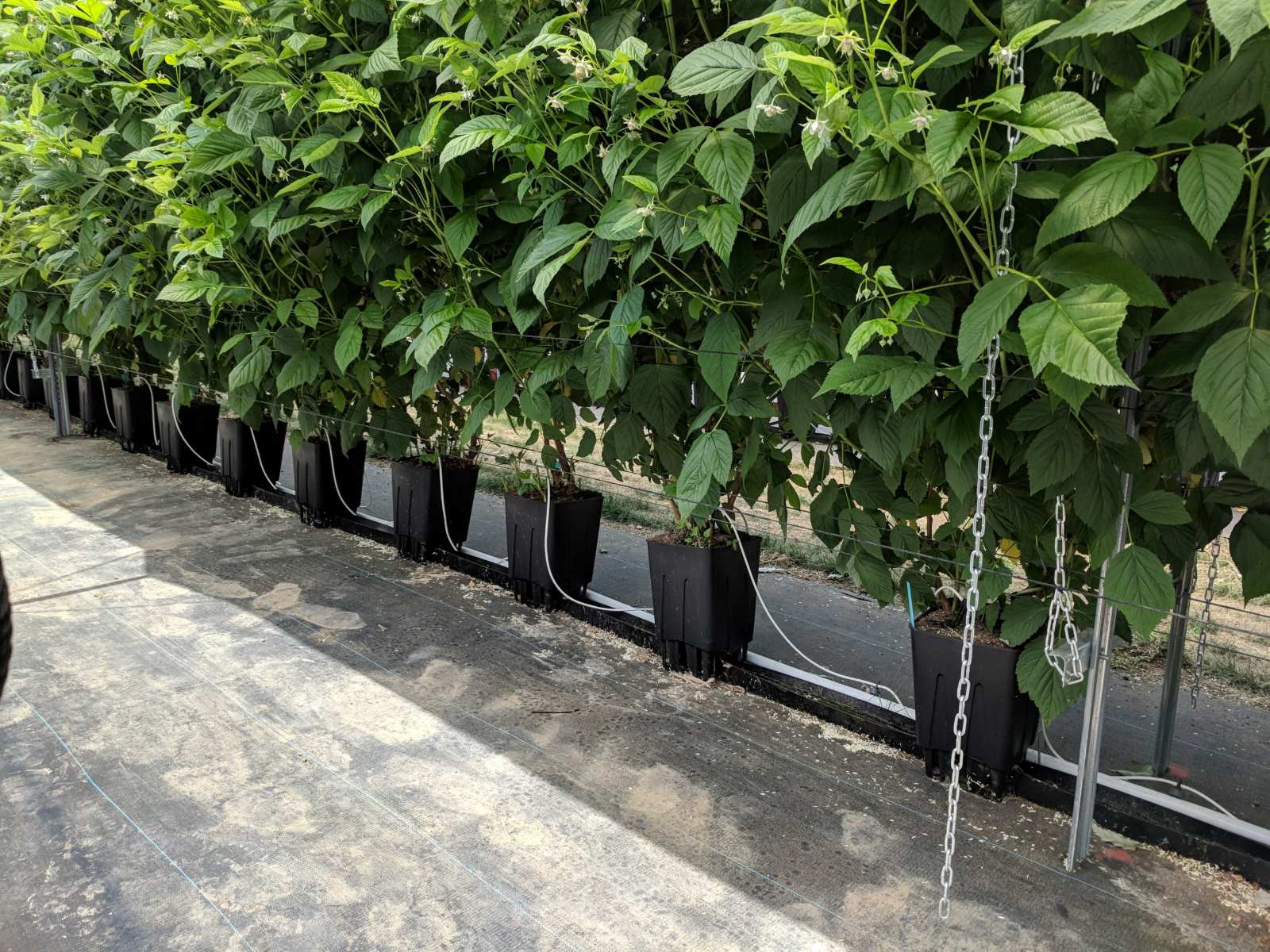
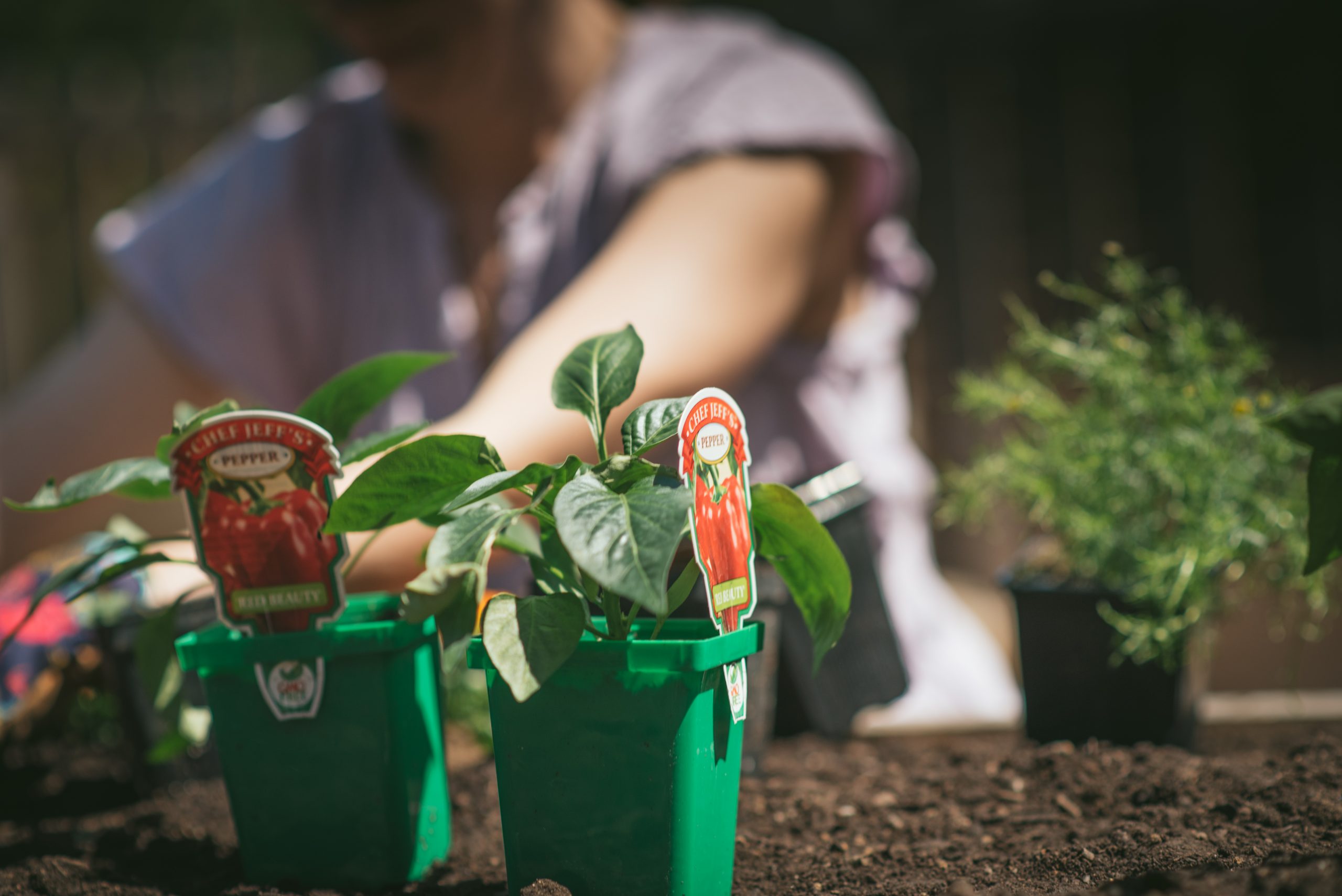

0 thoughts on “What Grass To Plant In The Fall”